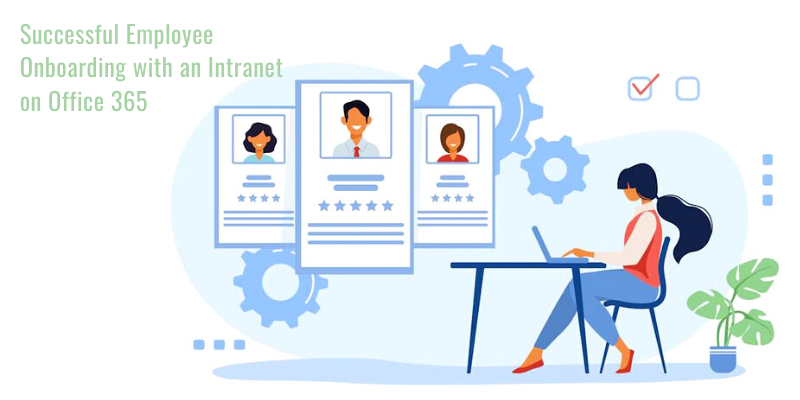
Employee success starts with strong onboarding, continuous feedback, and ongoing learning opportunities. When these elements work together, employees feel engaged, motivated, and equipped to grow within the company. A structured Employee Success Cycle ensures that every stage — from onboarding to performance reviews—supports development and drives long-term success.
This guide explores how to create a seamless experience that helps employees perform at their best, aligning individual growth with company goals.
The 7 Stages of the Employee Success Cycle
1. Structured Onboarding
A well-structured onboarding process reduces uncertainty, speeds up productivity, and helps employees feel connected from the start. The key is creating onboarding agendas that outline clear steps, ensuring a smooth transition into the role.
A strong onboarding agenda should:
2. Goal Setting and Performance Expectations
Employees perform best when they know what success looks like. Setting clear goals ensures they understand their role, priorities, and how their work contributes to company objectives. A structured approach also helps leaders educate their team on the EOS-proven process, providing a framework for accountability, alignment, and growth.
3. Continuous Feedback and Check-Ins
Performance is an ongoing process. Regular feedback and check-ins keep employees engaged, address challenges early, and reinforce what’s working. Instead of waiting for annual reviews, consistent conversations create a culture where employees always know where they stand and how to improve.
Effective check-ins go beyond generic “How’s it going?” conversations. Managers should provide specific, constructive feedback, recognize achievements, and align discussions with individual and company goals. Employees should also feel encouraged to share concerns, ask questions, and suggest improvements.
4. Learning and Development Programs
A workplace that prioritizes learning keeps employees engaged, adaptable, and ready for new challenges. Growth doesn’t happen by accident — it requires structured training, mentorship, and skill development opportunities.
A strong learning program should focus on practical application, not just theory. Using constructivism for employees, organizations can create hands-on experiences where employees learn by doing, solving real problems, and collaborating with peers. This approach reinforces knowledge retention and ensures training directly impacts performance.
5. Recognition and Employee Engagement
Recognition fuels motivation. When employees feel valued for their contributions, they stay engaged, perform better, and take ownership of their work. A well-structured recognition program ensures that appreciation is consistent, meaningful, and aligned with company values.
Recognition works best when it’s specific and timely. Acknowledging achievements — whether through peer recognition, manager praise, or incentive programs — reinforces positive behavior and keeps employees motivated. Engaged employees collaborate more, innovate faster, and stay committed to long-term success.
6. Performance Reviews and Growth Planning
A strong performance review process goes beyond evaluation — it’s about growth. Employees need clear insights into their progress, strengths, and areas for development, with a roadmap for future success. Instead of relying solely on traditional evaluations, companies are exploring alternatives to performance reviews, such as continuous feedback models and skills-based assessments.
Modern growth planning focuses on ongoing development, not just yearly check-ins. Managers should set clear career paths, provide upskilling opportunities, and align personal goals with business needs.
7. Retention and Long-Term Success
Long-term success comes from investing in employees’ growth, well-being, and career development. When people see opportunities to learn, advance, and contribute meaningfully, they stay engaged and committed to their work.
A strong retention strategy includes clear career paths, mentorship, and a culture that values continuous improvement. Employees who feel supported and challenged in the right way bring higher productivity, stronger collaboration, and lasting impact to the company.
Empowering Employees at Every Stage for Lasting Success
When employees have a clear path to success, ongoing support, and opportunities to grow, they thrive—and so does the company. A structured employee success cycle ensures that every stage, from onboarding to long-term development, contributes to a workplace where people feel engaged, motivated, and ready to perform at their best.
When you focus on goal setting, continuous feedback, learning programs, and meaningful recognition, you create an environment where employees work, evolve, contribute, and drive success forward.

































